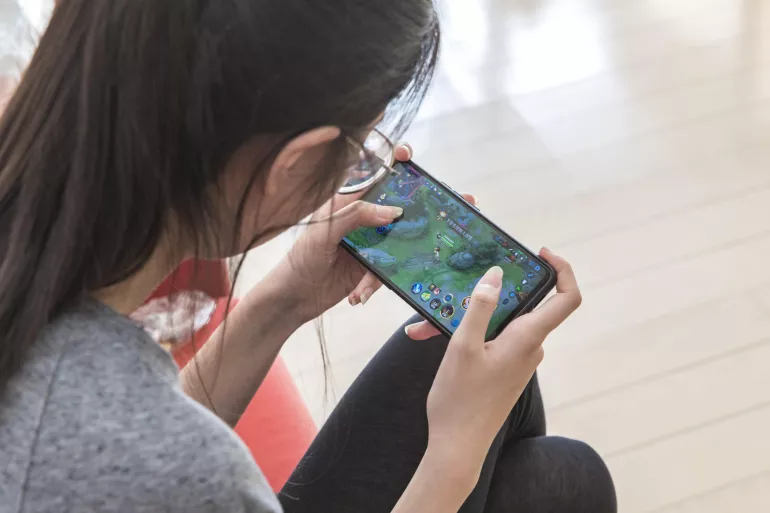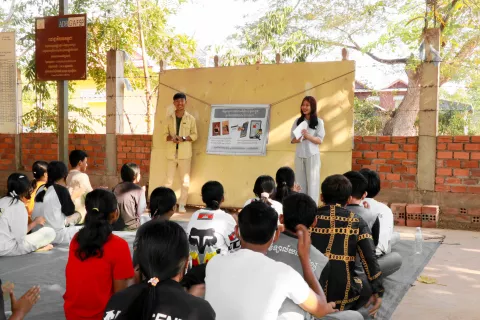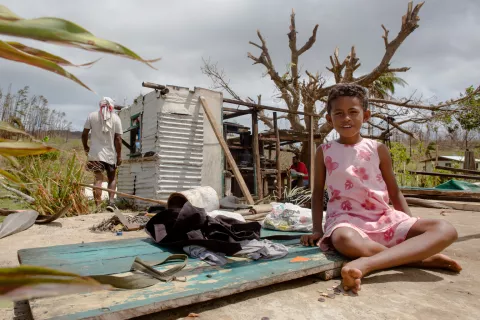Gaming is great fun. If it wasn’t, 1.7 billion people around the world wouldn’t be regularly gaming. Not only are games entertaining, they also help people connect, and even learn. Fast growth and rapid technological developments have reshaped online gaming, but also introduced significant new risks for children and their safety.
Imagine a 15-year-old girl. We’ll call her Tala. Every day after school, she spends an hour playing online games. During that time, she chats with the other players, and sometimes livestreams her sessions. A lot of the time, she doesn’t know who’s on the other side of the screen or where in the world they are. She isn’t that interested, either – she wants to play against the best!
These dynamics are common in gaming, and children like Tala run the risk of falling victim to offenders who intend to sexually exploit them. Or they may be exposed to cyberbullying and hate speech.
Understanding Online Child Sexual Exploitation
Online child sexual exploitation refers to any sexually exploitative actions against children that have an online connection. This includes using apps, websites, games, or other technology to produce, buy, sell, possess, distribute, or transmit sexually exploitative content involving children. It often consists of an exchange for abuse, which can include money, material goods like shelter, immaterial things like protection or love, or even the promise of such things.
While gaming used to be a male-dominated hobby, today more and more women and girls participate in gaming, and the industry is growing sharply as access to the internet expands. This has led to offenders increasingly using gaming platforms to target young people and groom them. Awareness of this trend is rising, but many people remain unaware of how offenders operate.
The threat of grooming
Today’s games are often designed to evolve through user interactions. They also incorporate interactive features that allow players to engage with each other, form friendships, collaborate, or compete against each other. Players often communicate via voice, text, and messaging systems, either in-game or on other platforms. Twitch and Discord are the most popular communication platforms, with tens of millions of daily active users. Such close and regular interactions directly increase the risk of grooming.
‘Grooming’ is the process of engaging and forming relationships with children with the intention of sexually exploiting them. This can happen in person or online. Data collected for the Disrupting Harm project, including from six ASEAN member states, showed that between 1% and 20% of internet-using children experience requests to share sexual content, meet for sex, have their images shared without consent, or faced online extortion. While most of these incidents occur on social media, gaming platforms were also involved in several countries.
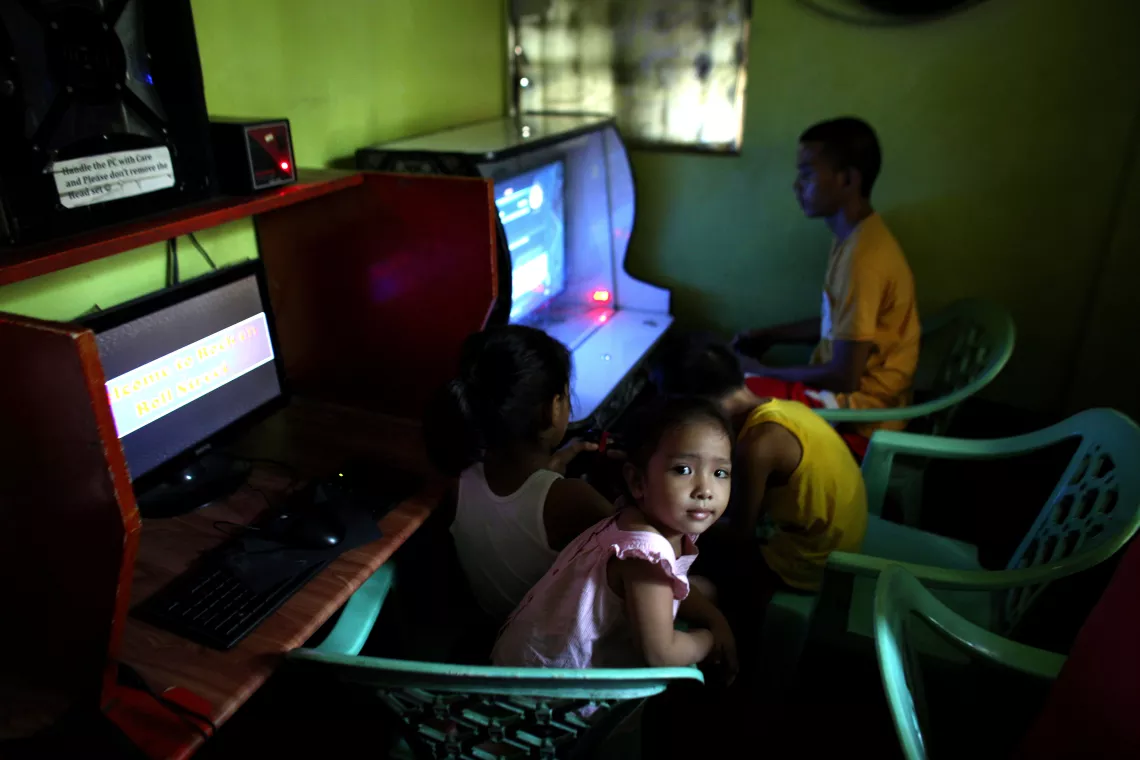
In many ways, the gaming environment provides an ideal setting for grooming. Offenders often use multiple platforms simultaneously to contact young people, starting chats on public platforms and moving to more private or encrypted platforms later. Moving between platforms is a way for offenders to fly under the radar and enable abuse.
Child sex offenders have always found ways to use technology to contact children and manipulate and exploit them, even in the offline world. Online, the use of multiple platforms and games helps them escape a lot of the established mechanisms for scrutiny. In fact, the shape-shifting nature of modern games and the wealth of communication platforms used by gamers make this a very challenging space to moderate and regulate. It also raises difficult questions about which platform to hold accountable for reported instances of abuse and exploitation.
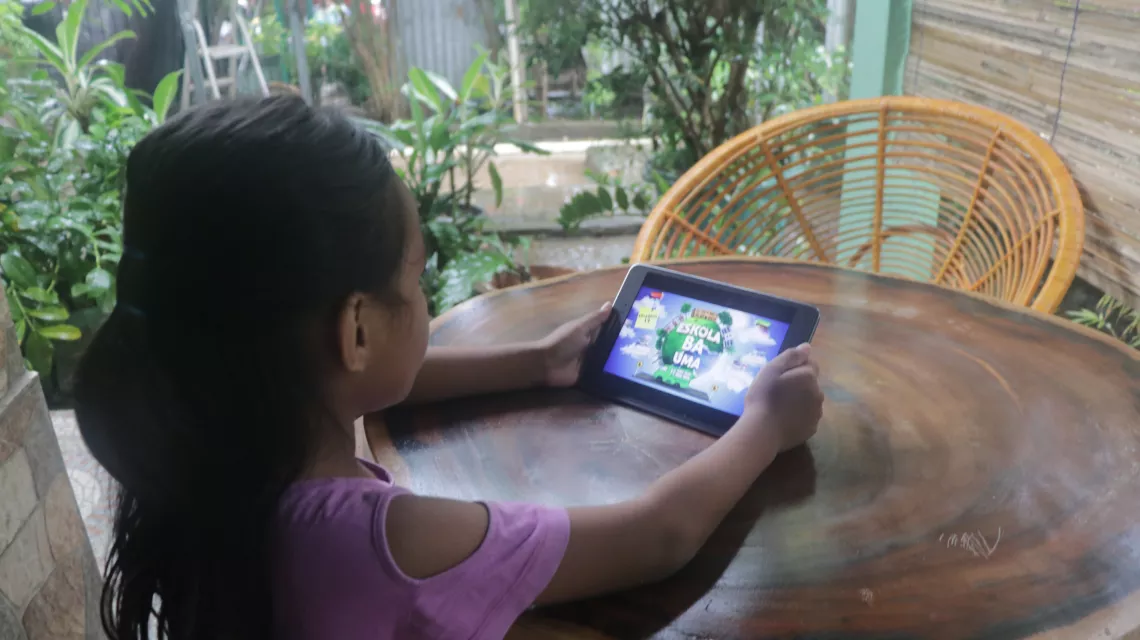
Beyond the challenge posed by multi-platform behaviour, most modern games try to keep players engaged with rewards and ‘loot’ – like in-game currency, spells, equipment, upgrades, and weapons that are found as you play and progress in the game. Many games also allow in-game currency, which players can buy or earn by completing tasks. These rewards can be converted into real-world money. Since currency and rewards are highly valued by players and hard to obtain, offenders may offer these in return for sexual interaction and images.
A lack of safeguarding and transparency reporting
A 2019 analysis of gaming platform policies reveals considerable gaps in terms of safeguards against sexual exploitation. The findings were concerning. Out of 40 popular gaming platforms, 29 allowed anonymous sign-ups and self-declaration of age, making it difficult to protect children by restricting adults from contacting them. Data retention policies were also problematic, as 27 out of 34 platforms that collected IP addresses did not specify how long they kept this data. This limited data retention makes it difficult for law enforcement to access the logs and data that would allow them to pursue offenders or investigate historic offenses.
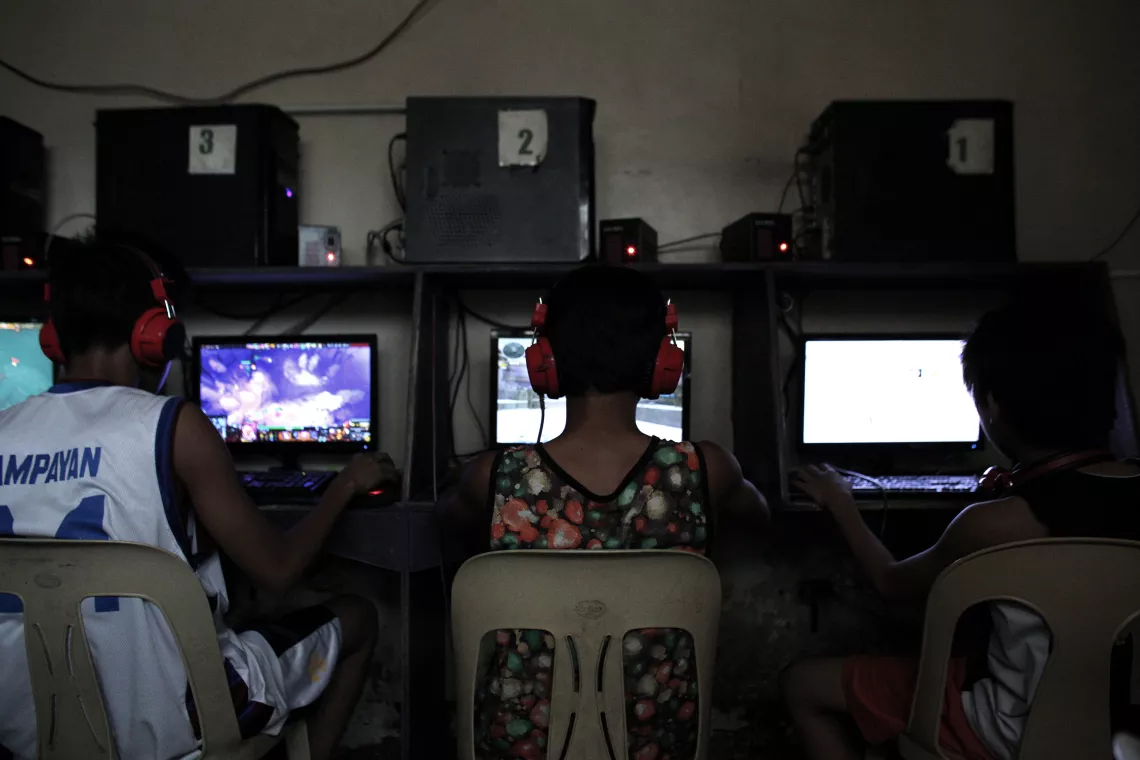
Despite reassurances from gaming companies that concerns about sexual exploitation are minimal on their platforms, lack of transparency remains a concern. Transparency data, such as the number of user complaints and law enforcement requests, is disclosed by social media companies like X and Facebook. But gaming companies seldom make such data public, which makes it challenging to assess their actions in addressing the risks of sexual exploitation.
Gaming companies and industry associations are trying to address child sexual exploitation in gaming, but their actions are fragmented. In addition, legal frameworks in many countries are not prepared to tackle this threat. A global review by the International Center for Missing and Exploited Children found that only 63 out of 196 countries had specific laws addressing the online grooming of children for sexual purposes in 2017. Even when there are legal workarounds, the absence of specific legislation can hinder law enforcement from acting until the abuse is confirmed, even if signs of grooming are evident.
To some degree, the lack of scrutiny of online child sexual exploitation in gaming may also be related to preconceptions. Indeed, many envision a stereotype of gamers as boys. This and the assumption that boys are not subjected to sexual abuse to the same extent as girls likely drive public perception of lower risks in gaming.
The path forward
Clearly, the main risks of online child sexual exploitation in gaming revolve around grooming and today, offenders are often operating undetected. Fortunately, measures can be taken to protect children more effectively.
More transparency and safeguarding measures are needed from gaming companies, and collaborative efforts are essential to track offenders across multiple platforms. To empower law enforcement agencies to act, and to prevent abuse, legislative reforms are necessary. The solution requires collaboration, a focused approach, and more knowledge among us all.


